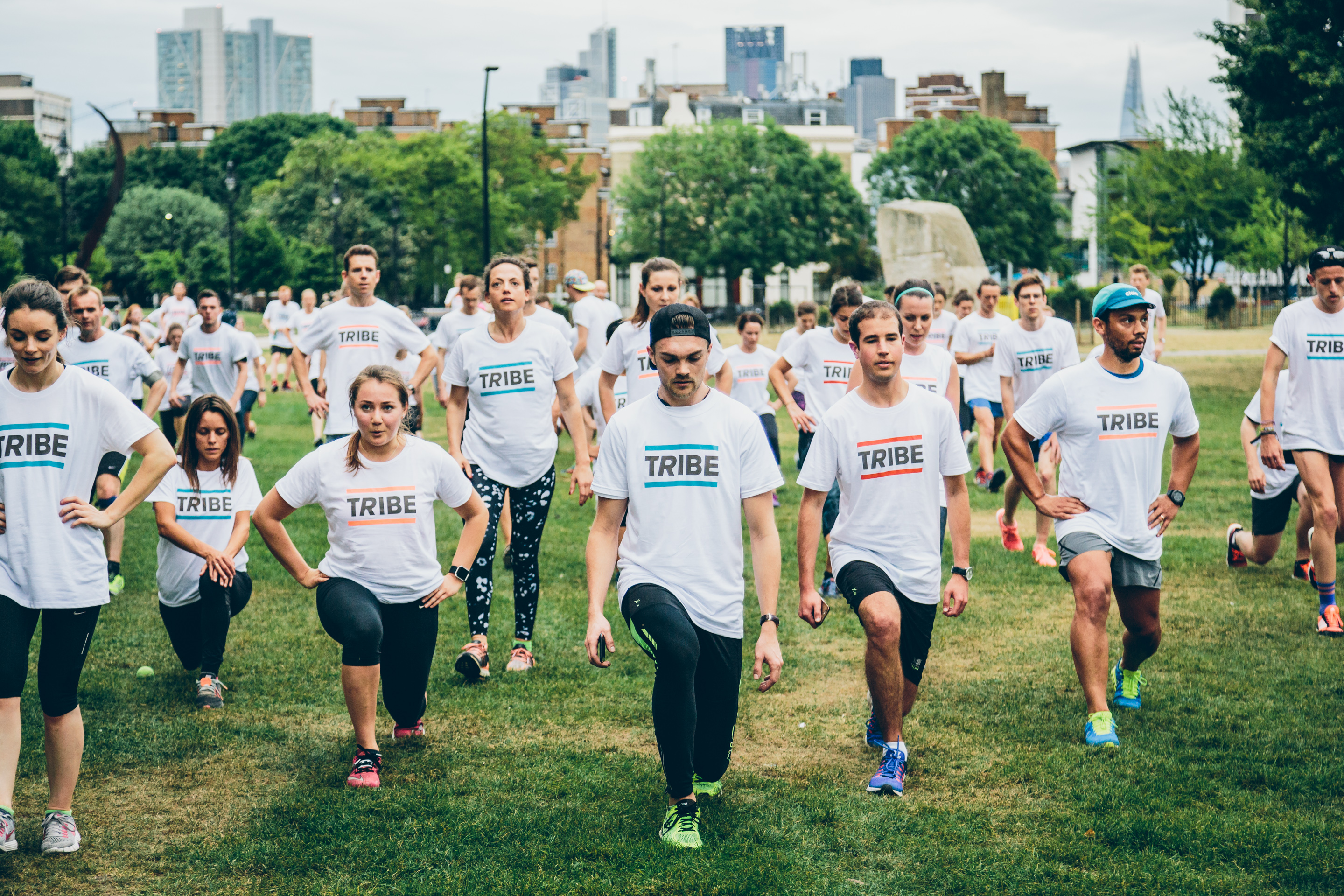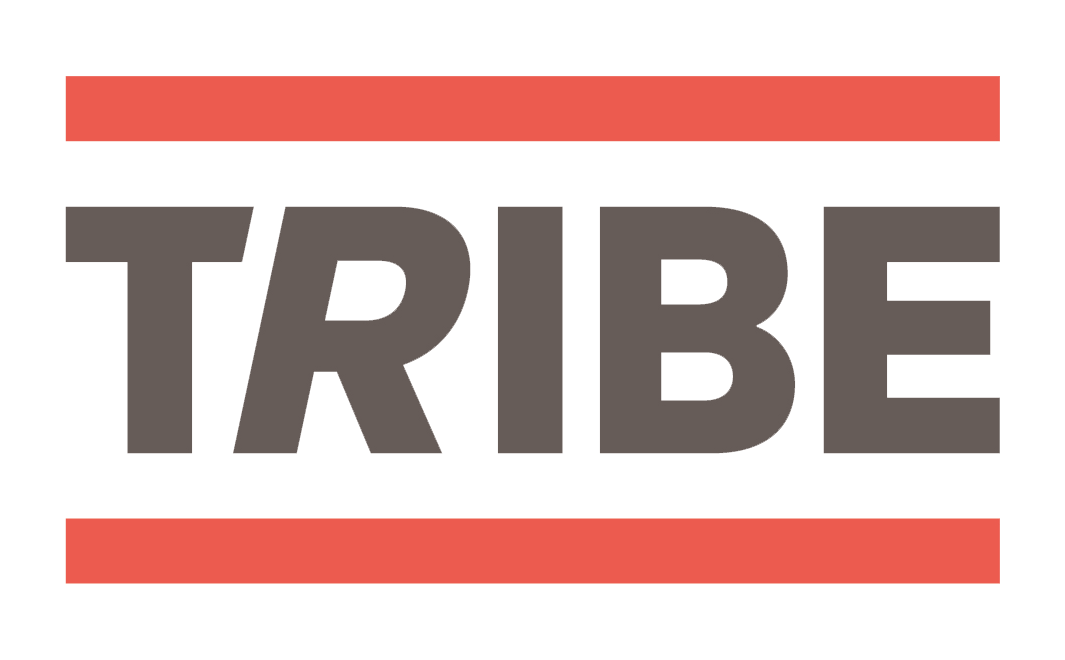Whether its London, New York, Boston, Paris, or another of the many Marathons run each year, you want to make sure that you are at that start line feeling prepared, fit and most importantly injury free! Here is some expert advise from Neil Smith, specialist running injury clinician at Pure Sports Medicine.
When training for a marathon, most people believe increasing your mileage is the key to success. However, injury prevention plays a large part in your training program as well as the running itself.
We have listed down some key points when looking to prevent injury and prepare effectively for a Marathon:
-
Importance of a Warm up and Cool down - include a proper stretch program. Foam rollers can also be a useful piece of equipment to use both before and after training for increasing mobility and releasing tension from tight muscles.
-
Gradually increase load each week – this can be related to volume, resistance, frequency or speed. Always have a training plan so that you have enough time before an event to prepare and are not overloading the body.
-
Listen to your body - pain and excessive fatigue can be warning signs you are over-training. Make sure you are building in recovery time in the form of rest days where you can receive regular sports massage. This will enable you to recover from heavy bouts of training and refresh the legs ready for your next training session.
-
Get niggles checked out early – this will limit the impact on your training regime and you are less likely to miss training runs. A common mistake is to add in an additional rest day in the hope that this niggle will get better, only to overload the legs at the next session by trying to play catch up on your training plan. Don’t allow what started as a small issue to manifest itself into a bigger overload injury!
-
Follow the guidance of professionals e.g. Doctors, Physiotherapists and Sports Massage Therapists - we are here to help you achieve those PBs, complete events, and ensure that you are prepared in the best possible way, but ultimately to prevent injuries that can be easily avoided.
-
Have a proper strength and conditioning program to compliment your running volume - this will ensure you are not overloading weaker structures and under-training others. For example, we often see many patients with poor glute strength, patients compensate for this by overloading their quads or hamstrings and presenting with many overload injuries e.g. ITB syndrome, patella femoral pain or proximal hamstring pain.

One of the key exercises we use when testing strength and imbalances in runners is a single leg squat. We are looking at:
-
Core stability - is important to maintain neutral spine alignment for optimal trunk function in order to be able to transfer power down the kinetic chain.
-
Glute Strength – your glutes are a major stabiliser of your pelvis during your running but are also the key driver in your posterior chain. It is important to stabilise your levers (ankle and hips) to generate force needed to run.
-
Balance – improving your ankle strength and foot is important for refining running efficiency. Every time your foot strikes the ground if your stability starts at your first point of contact your body has an internal sense of positioning and can change to protect your other joints in different conditions.
Pilates can be a good alternative to focus on core alignment, control and coordination. It can compliment a running program by increasing core and lower limb stability and strength in low impact then progressing to more dynamic movement patterns.
When a runner is overloaded is it important to re-assess running technique, volume, load and strength deficits. Often a reduction in training load is needed or a rest day put in rather than a complete ban on running.
Rest days are an ideal time to be receiving Sports Massage. The frequency of your visits is often dependant on training volume and distance; if you have a high training volume (training more than 4 times a week) and once you start to get past 12-13mile distances on long runs we advise coming in weekly, if your volume is less, or you are doing runs under 12-13miles you may want to extend your massage sessions to every 3-4 weeks. As your Marathon date draws closer (6weeks away from an event) your Sports Massage sessions want to be scheduled weekly.
Sports Massage cannot only be limited to work on the legs, some runners may find that when they are fatigued or often becoming nervous ahead of the big day, a lot of tension can be carried in their shoulders and neck. Lower backs can also become tight from running and from the load placed on the body.
By incorporating all of the above points into your training you are giving yourself the best possible preparation ahead of your big event – wishing all of our Marathon Runners the best of luck!!
By Neil Smith - Specialist running injury clinician at Pure Sports Medicine.
Neil Smith Physiotherapist, BSc - neil.smith@puresportsmed.com
